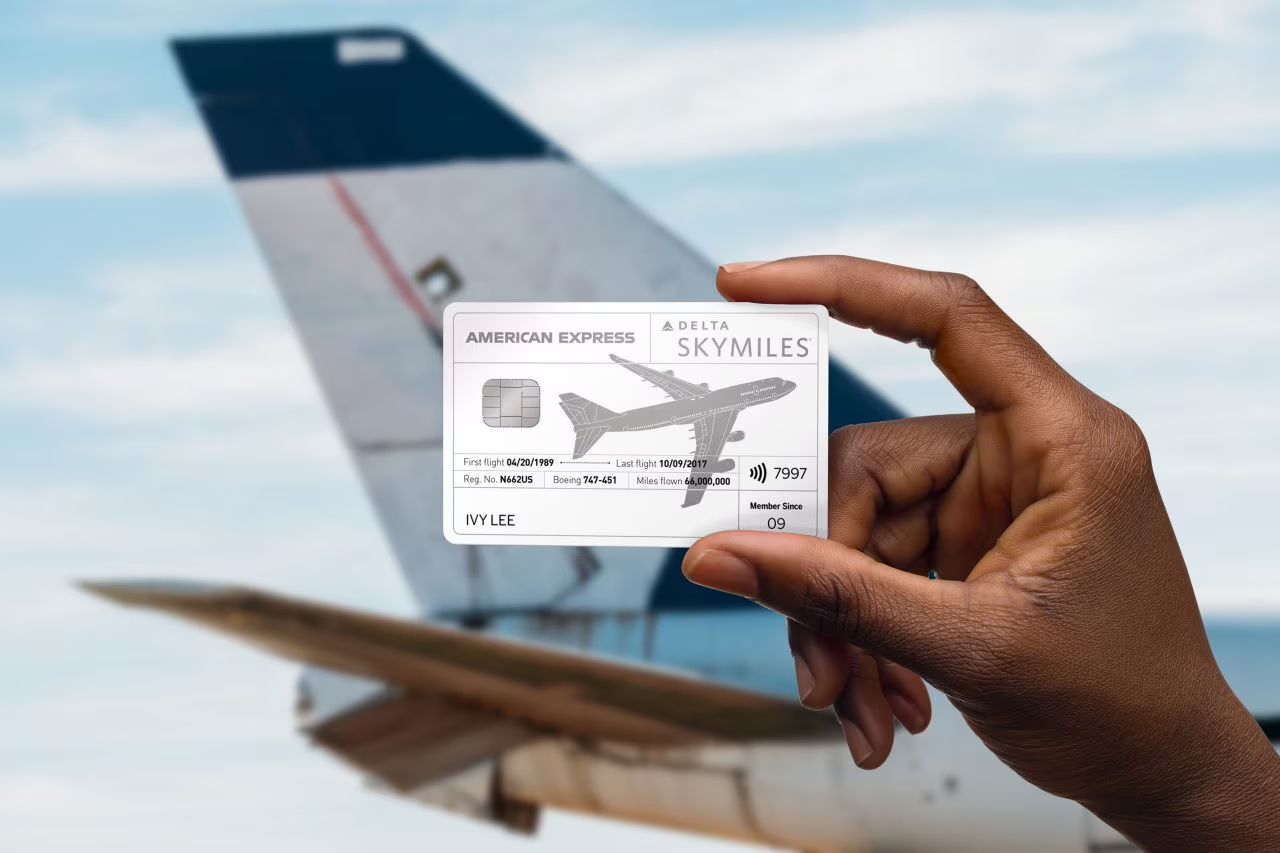
SkyWest Plans to Add CRJ-550s
SkyWest says it plans to operate CRJ-550 aircraft as early as this summer. The Utah-based regional carrier is slated to…

A British Airways 747-400 lands in Las Vegas (Photo: AirlineGeeks | William Derrickson)
On Sept. 30 1968, a new era began and is still around, as a nostalgic landmark of what the commercial aviation industry has been, and will never be again. On a day like today 50 years ago, Boeing unveiled its first 747-100, kicking off what would soon be known as the ‘jumbo jet’ era.
It was an outstanding challenge to deliver this first jumbo: Boeing’s Everett facility, which is designed and built for the 747 production line, was still under construction, and the future of the aircraft was not secured at the time. In fact, the most recognizable feature of its design was, in reality, a sign of poor confidence: the airline industry was going steady to supersonic travel. The main use of the 747 airframe was set to be a gigantic freighter.
Actually, that was the genesis of the 747. In 1960, the United States Air Force (USAF) began the Forecast Project, in which it presented to the aviation industry the strategic heavy transport needs of the next 40 years. The requirement was simple: it must be able to transport tanks and other heavy and bulky materials.
For that, the heavy transports of then had a limitation of design and size: the side loading gates impeded the RO / RO capacity (roll on-roll off) that the tanks and other vehicles needed. Shortly before it had been decided to replace the transport fleet with the C-141 Starlifter, but it became clear that a larger, heavier and longer-range aircraft was required.
After a first Douglas study that was discarded, the USAF adjusted the requirement and in October 1961 launched the CX-HLS (Heavy Logistics Support) program
It was then that the builders began to work with their design teams to find the solution, widening the fuselage enough for an M60 tank to enter, and equipping it with a rear ramp to raise it. Eventually, the experience of Lockheed in the segment made the C-5 Galaxy the chosen one.
However, all the participants in the program had presented designs whose widened cabin represented an opportunity. For the design team of Boeing, led by Joe Sutter, losing the contest was the starting point of an incredible adventure.
A little before 1966, when the CX-HLS program was still underway, the phone rang at Boeing. It was Juan Trippe, president of Pan Am, who had a need and a proposal. The need was for a larger airplane, as the volume of passengers grew exponentially, and congestion at airports was a problem.
The proposal was simple: if Boeing could build a passenger airplane larger than the 707, Pan Am would buy it. Sutter contacted the airline and incorporated them into the design team. Never before, and never after, would an airline have such a level of involvement in a project.
Finally, in 1966 the draft of the HLS goes to the project stage, and acquires a number: 747. Modifications were made, freed from the rigidity of the military requirements: the wings would allow better performance at higher speeds, the cockpit would be maintained above and would improve the conditions of the passenger cabin, allowing to accommodate 400 passengers.
In April of 1966, Trippe would fulfill his part: Pan American World Airways ordered 25 747-100, for a value of 525 million. There was already a client but the factory was missing.
William Stamper was commissioned to build the largest factory in the world: after evaluating 50 possible locations, they decided on Everett, north of Seattle. The complex, of 399,480 square meters, did not have full ceilings when the first full-scale model of the 747 was introduced.
The tests continued, while the construction of the factory was still underway. The 747 represented a huge challenge for its future pilots: it was bigger, clumsier, bulkier in its movements on land, and the cockpit was much higher than usual. While the first prototype was being built, one of the test pilots, named Jack Waddell, found himself doing preliminary tests on a truck with a replica of the cab.
Finally, in December 1969, the Boeing 747 received its certificate of airworthiness and began to be manufactured in series. The era of the Queen of the Skies was born, a symbol of power and central element of a golden age for aviation.
Since a little kid, Pablo set his passions in order: aviation, soccer, and everything else. He has traveled to various destinations throughout South America, Asia, and Europe. Technology and systems expert, occasional spotter, not-so-dynamic midfielder, blogger, husband, father of three cats; he believes that Latin America's aviation industry past, present, and future offer a lot of stories to be told.
Receive a daily dose of the airline industry's top stories along with market insights right in your inbox.

SkyWest says it plans to operate CRJ-550 aircraft as early as this summer. The Utah-based regional carrier is slated to…

Delta and American Express are teaming up again to bring a limited edition credit card to consumers. For a short…

Southwest will soon bid farewell to the two remaining Boeing 737s in its legacy ‘Canyon Blue’ livery. The third to…



